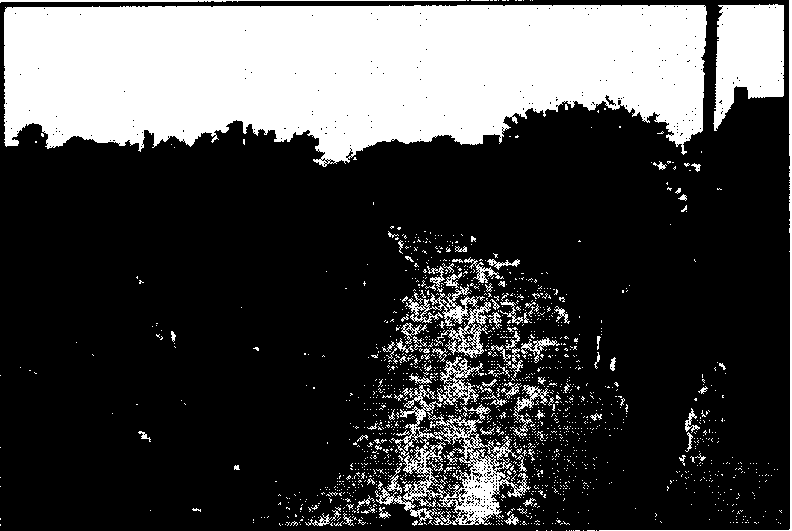The objectives of the 50th Division were to cut the Caen-Bayeux highway, take the small port of Arromanches, link up with the Americans from Omaha Beach to the west at Port-en-Bessin, and link up with the Canadians from Juno Beach to the east. The 50th Division was also to take the Longues battery from the rear.
H-Hour at Gold Beach was set for 0725 hours, one hour later than the scheduled landings on the American beaches owing to the direction of the tide, which moved from west to east and brought high water later to the British beach. But the wind on the morning of D-Day came directly from the northwest, piling up the water rapidly. The outer obstacles that the Germans had installed to damage and destroy invading landing craft were therefore under water before British demolition teams could get to them. Moreover, the demolition personnel came under fire from the beach, so that they failed to clear the obstacles. LCT's landed first carrying armoured vehicles; 20 of them struck mines, suffering moderate to severe damage.
Men of the 6th Green Howards, 69th Brigade, advance past Ver-sur-Mer toward the Caen-Bayeux road
Fortunately for the British, there was no German armour on the beach, and the infantry resistance was ineffective. (Most of the German strong points had in fact
been nullified by shore bombardment earlier in the morning.) La Riviere held out until 1000 hours, and Le Hamel was in British hands by mid-afternoon. Meanwhile, the 47th Commando passed south of Arromanches and Longues and pushed west to within a half mile of Port-en-Bessin. The guns at Longues had by then been put out of action in a furious duel with the cruiser HMS Ajax.
By the evening of June 6, the 50th Division had landed 25,000 men, penetrated six miles inland, hooked up with the Canadians from Juno Beach on the left, and reached the heights above Port-en-Bessin. It had not cut the Caen-Bayeux highway or linked up with the Americans from Omaha Beach, but it had made an impressive start. The British suffered 400 casualties while securing their beachhead.
